Porsche 2012 Annual Report Download - page 91
Download and view the complete annual report
Please find page 91 of the 2012 Porsche annual report below. You can navigate through the pages in the report by either clicking on the pages listed below, or by using the keyword search tool below to find specific information within the annual report.-
 1
1 -
 2
2 -
 3
3 -
 4
4 -
 5
5 -
 6
6 -
 7
7 -
 8
8 -
 9
9 -
 10
10 -
 11
11 -
 12
12 -
 13
13 -
 14
14 -
 15
15 -
 16
16 -
 17
17 -
 18
18 -
 19
19 -
 20
20 -
 21
21 -
 22
22 -
 23
23 -
 24
24 -
 25
25 -
 26
26 -
 27
27 -
 28
28 -
 29
29 -
 30
30 -
 31
31 -
 32
32 -
 33
33 -
 34
34 -
 35
35 -
 36
36 -
 37
37 -
 38
38 -
 39
39 -
 40
40 -
 41
41 -
 42
42 -
 43
43 -
 44
44 -
 45
45 -
 46
46 -
 47
47 -
 48
48 -
 49
49 -
 50
50 -
 51
51 -
 52
52 -
 53
53 -
 54
54 -
 55
55 -
 56
56 -
 57
57 -
 58
58 -
 59
59 -
 60
60 -
 61
61 -
 62
62 -
 63
63 -
 64
64 -
 65
65 -
 66
66 -
 67
67 -
 68
68 -
 69
69 -
 70
70 -
 71
71 -
 72
72 -
 73
73 -
 74
74 -
 75
75 -
 76
76 -
 77
77 -
 78
78 -
 79
79 -
 80
80 -
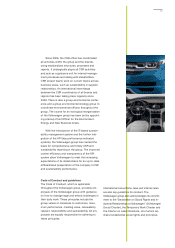 81
81 -
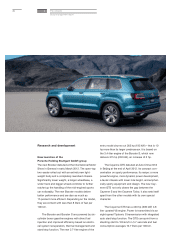 82
82 -
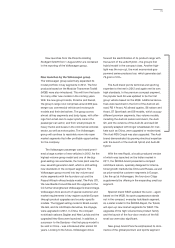 83
83 -
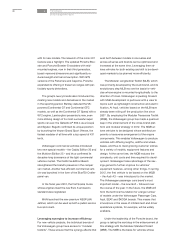 84
84 -
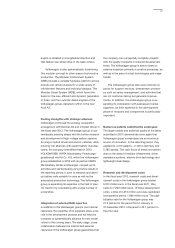 85
85 -
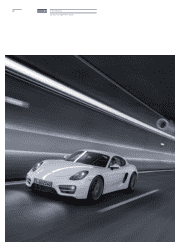 86
86 -
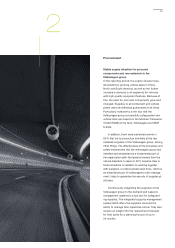 87
87 -
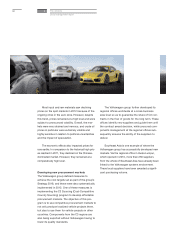 88
88 -
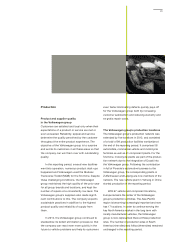 89
89 -
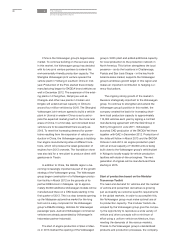 90
90 -
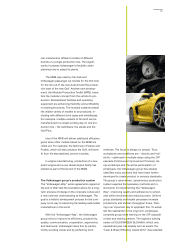 91
91 -
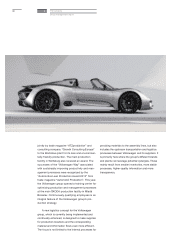 92
92 -
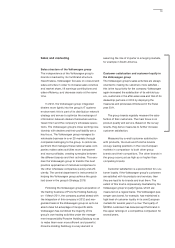 93
93 -
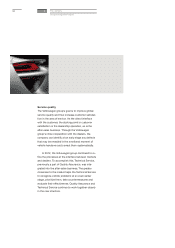 94
94 -
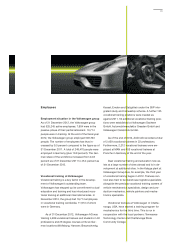 95
95 -
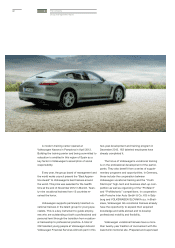 96
96 -
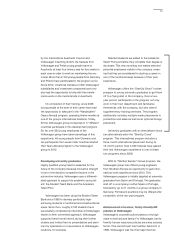 97
97 -
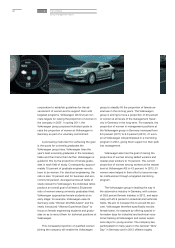 98
98 -
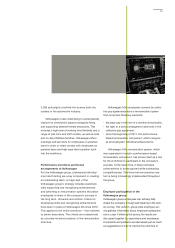 99
99 -
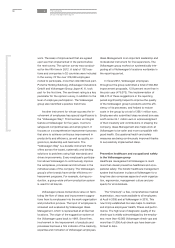 100
100 -
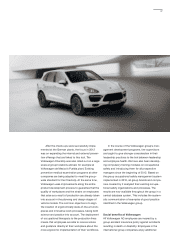 101
101 -
 102
102 -
 103
103 -
 104
104 -
 105
105 -
 106
106 -
 107
107 -
 108
108 -
 109
109 -
 110
110 -
 111
111 -
 112
112 -
 113
113 -
 114
114 -
 115
115 -
 116
116 -
 117
117 -
 118
118 -
 119
119 -
 120
120 -
 121
121 -
 122
122 -
 123
123 -
 124
124 -
 125
125 -
 126
126 -
 127
127 -
 128
128 -
 129
129 -
 130
130 -
 131
131 -
 132
132 -
 133
133 -
 134
134 -
 135
135 -
 136
136 -
 137
137 -
 138
138 -
 139
139 -
 140
140 -
 141
141 -
 142
142 -
 143
143 -
 144
144 -
 145
145 -
 146
146 -
 147
147 -
 148
148 -
 149
149 -
 150
150 -
 151
151 -
 152
152 -
 153
153 -
 154
154 -
 155
155 -
 156
156 -
 157
157 -
 158
158 -
 159
159 -
 160
160 -
 161
161 -
 162
162 -
 163
163 -
 164
164 -
 165
165 -
 166
166 -
 167
167 -
 168
168 -
 169
169 -
 170
170 -
 171
171 -
 172
172 -
 173
173 -
 174
174 -
 175
175 -
 176
176 -
 177
177 -
 178
178 -
 179
179 -
 180
180 -
 181
181 -
 182
182 -
 183
183 -
 184
184 -
 185
185 -
 186
186 -
 187
187 -
 188
188 -
 189
189 -
 190
190 -
 191
191 -
 192
192 -
 193
193 -
 194
194 -
 195
195 -
 196
196 -
 197
197 -
 198
198 -
 199
199 -
 200
200 -
 201
201 -
 202
202 -
 203
203 -
 204
204 -
 205
205 -
 206
206 -
 207
207 -
 208
208 -
 209
209 -
 210
210 -
 211
211 -
 212
212 -
 213
213 -
 214
214 -
 215
215 -
 216
216 -
 217
217 -
 218
218 -
 219
219 -
 220
220 -
 221
221 -
 222
222 -
 223
223 -
 224
224 -
 225
225 -
 226
226 -
 227
227 -
 228
228 -
 229
229 -
 230
230 -
 231
231 -
 232
232 -
 233
233 -
 234
234 -
 235
235 -
 236
236 -
 237
237 -
 238
238 -
 239
239 -
 240
240 -
 241
241 -
 242
242 -
 243
243 -
 244
244 -
 245
245 -
 246
246 -
 247
247 -
 248
248 -
 249
249 -
 250
250 -
 251
251 -
 252
252 -
 253
253 -
 254
254 -
 255
255 -
 256
256 -
 257
257 -
 258
258 -
 259
259 -
 260
260 -
 261
261 -
 262
262 -
 263
263 -
 264
264 -
 265
265 -
 266
266 -
 267
267 -
 268
268 -
 269
269 -
 270
270
 |
 |

can manufacture different models of different
brands on a single production line. This signifi-
cantly increases Volkswagen’s flexibility when
planning how to adapt its plants.
The MQB was used by the Audi and
Volkswagen passenger car brands for the first time
for the roll-out of the new Audi A3 and the produc-
tion start of the new Golf. Another new develop-
ment, the Modular Production Toolkit (MPB), trans-
fers the modular concept from the vehicle to pro-
duction. Standardized facilities and operating
equipment are enhancing flexibility and profitability
in existing structures. The modular systems enable
the widest variety of models to be produced, in-
cluding with different drive types and wheelbases.
For example, multiple variants of the Golf can be
manufactured in a single working day on one pro-
duction line – the hatchback, the estate and the
Golf Plus.
Use of the MPB will deliver additional efficiency
gains when other models based on the MQB are
rolled out. For example, the factories in Foshan and
Puebla, which will also produce the Golf, will bene-
fit from the standardized, proven modules.
In engine manufacturing, production of a new
petrol engine and a new diesel engine family has
started as part of the launch of the MQB.
The Volkswagen group’s production system
The “Volkswagen Way” works agreements signed at
the end of 2007 laid the foundation stone for a long-
term process of change in the corporate culture and
a new common understanding at Volkswagen. The
goal is a holistic development process for the com-
pany on its way to becoming the leading automobile
manufacturer in the world.
With the “Volkswagen Way”, the Volkswagen
group aims to improve its efficiency, productivity,
quality, communication, cooperation, ergonomics
and teamwork. Volkswagen does this by perma-
nently avoiding waste and by perfecting work
methods. The focus is always on people. Thus,
workplaces and workflows are – directly and indi-
rectly – optimized in multiple steps using the CIP
cascade (Continuous Improvement Process). Us-
ing workshops and the active participation of
employees, the Volkswagen group has already
identified many solutions that have been further
developed to create product or process standards.
The group’s value-driven, synchronous production
system supplies the necessary methods and in-
struments for implementing the “Volkswagen
Way”, improving quality and adherence to sched-
ules while simultaneously reducing costs. Uniform
group standards and stable processes increase
productivity and shorten throughput times. Train-
ing is an important way to approach this. To estab-
lish the standards for the long term, employees
complete group-wide training on the CIP cascade
at lean and training centers. The logistics training
center at VOLKSWAGEN SLOVAKIA, which only
opened last year, has already won an award: the
“Lean & Green Efficiency Award 2012” was awarded
87
